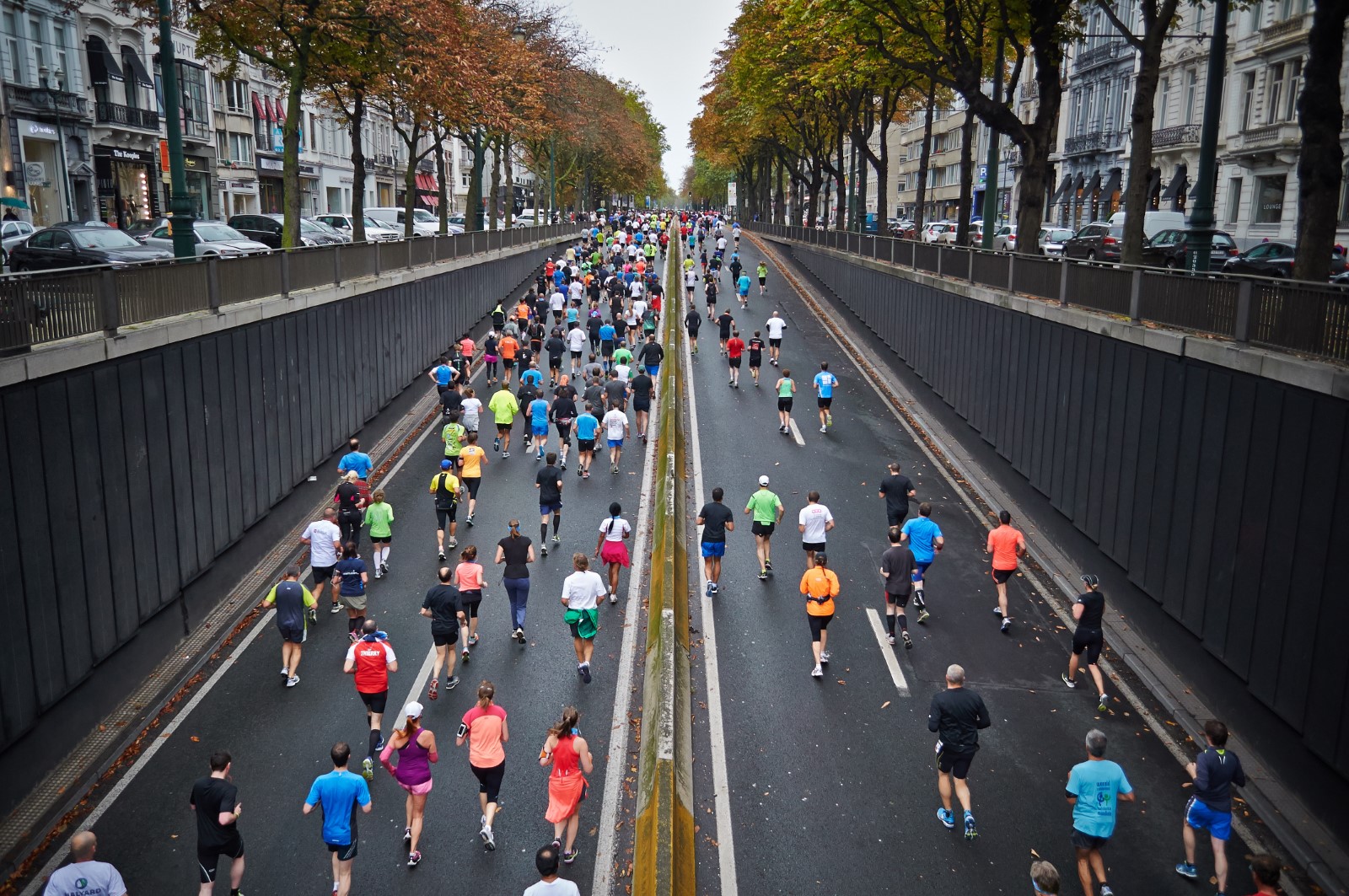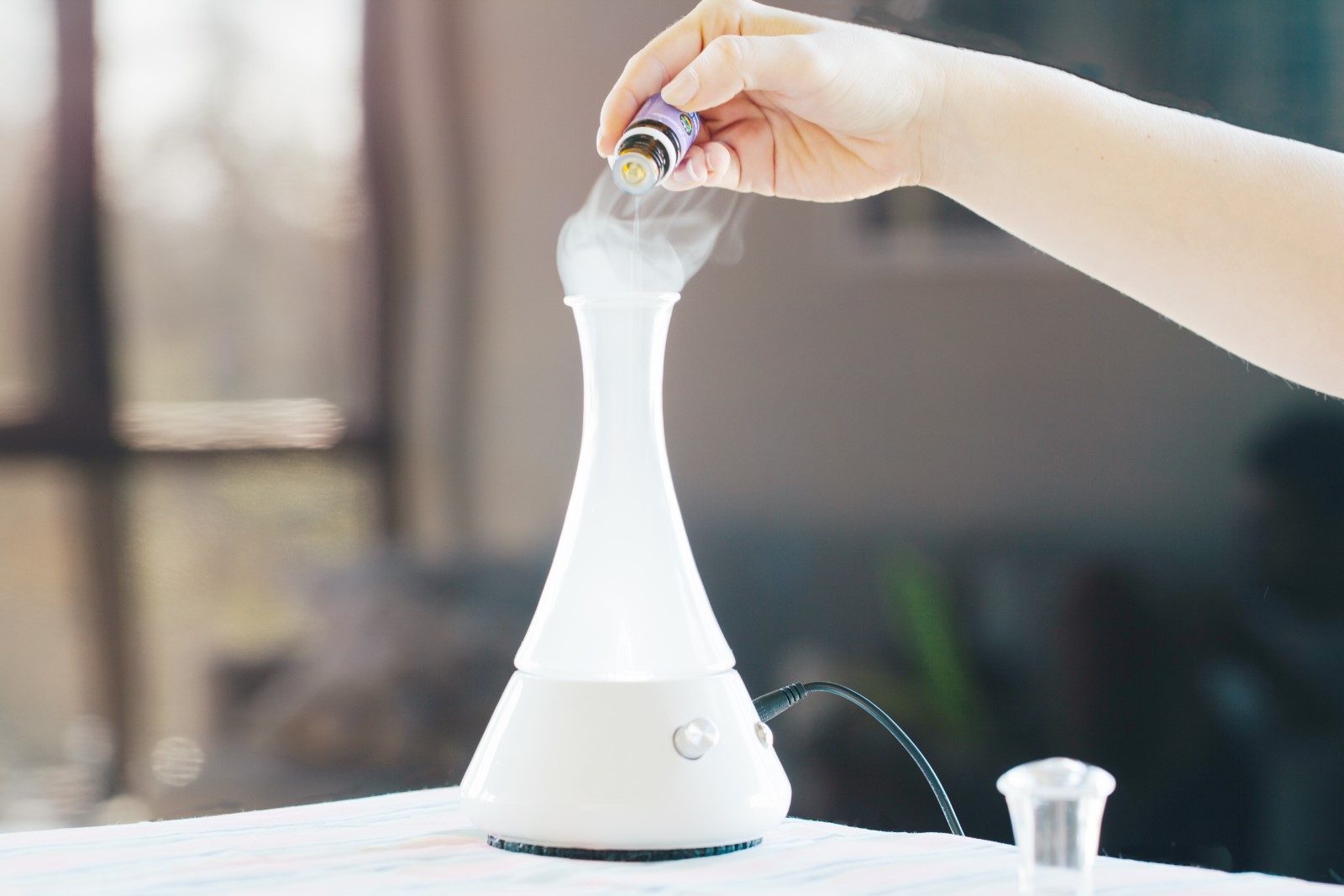As much as we all like to think we’re drinking enough water–most likely, we’re not. Your body constantly expels water through sweat, saliva, peeing, pooping, and even tears. It’s important to constantly rehydrate to replenish the fluids in your body.
Being able to spot the signs of dehydration can help you become more aware of your water intake and focus on maintaining healthy hydration. It’s easy to forget to drink water. It could be working on a project and forgetting what time it is. Or, it could be that you’re out and about and don’t have access to a clean water source.
Causes
- Illness – We’ve all been there. Fevers, vomiting, diarrhea, and colds can cause you to lose more water than usual and results in dehydration. That’s why doctors are always reminding us to drink more water when we’re sick.
- Excessive sweating – Whether it’s due to exercise or from an anxiety-inducing work presentation, you will lose water from sweating. This explains why you get thirsty when you’re nervous or when you’re working out.
- Peeing a lot – Your body absorbs water wherever it can, including in foods and drinks. Drinks like coffee and tea can hydrate you, but they’re also diuretics, which means they make you pee more frequently. This makes you lose water at a faster rate, so you should drink regular water more often. Certain medications and diabetes can cause more frequent peeing as well.
- Lack of access to safe drinking water – When traveling, hiking or camping, it’s difficult to access safe drinking water. There is always a concern for potential bacteria and viruses that could be in the water such as E.coli and Giardia, among others, that can get you sick. Ever heard of “Bali belly”? It’s not fun. The LARQ Bottle contains non-toxic UV-C LED technology that eliminates bacteria and viruses from the bottle. The LARQ Bottle’s Adventure Mode activates a 3-minute cycle that applies a longer dose of UV-C bacteria-eliminating power.
- Forgetting to drink water – Leading busy lives can leave little room for drinking water, and it’s easy to forget if we’re constantly on the move. Keeping a water bottle with you at all times is a great reminder–something you enjoy drinking from.
How can you tell if you’re dehydrated?
Great you asked. When dehydrated, you’ll exhibit these symptoms:
- Thirst
- Dry mouth
- Dry skin
- Headache
- Muscle cramps
- Not peeing very much
- Dark yellow pee
Dehydration can even lead to more severe symptoms like:
- not peeing or having extremely dark yellow pee
- extreme dry, cracked skin
- Sunken eyes, dark eye circles
- Lethargy, fatigue, irritability, brain fog
- Fainting
With severe dehydration, seek medical attention as quickly as possible. This is especially important for children and elderly people.
How the LARQ Bottle can help prevent dehydration
It’s easy to stay hydrated when you have access to safe drinking water. The LARQ Bottle is a great way to have water purification anywhere you go.
UV-C LED technology allows you to purify water on the go
This gives you peace of mind when traveling, hiking or camping. Just fill up at a water source, press the button on the cap, and let the UV-C LED work its magic. Voila! After 60 seconds, you’ll have pure drinkable water–free of bacteria and other bio-contaminants.
It can prevent you from getting sick
When was the last time you washed your reusable water bottle? If it’s been a while, chances are bacteria are growing inside of there. Funky smell? That’s an indicator that bacteria have already started growing. As humans, we’re wired to detect harmful bio-contaminants based on smell or other senses. That’s why it’s important that you use your good instincts and keep things clean.
The LARQ Bottle’s UV-C LED technology intelligently activates every 2 hours to eradicate bacteria and bio-contaminants from the inner surfaces of the bottle and from the water. This prevents harmful bacteria, viruses, and other bio-contaminants from getting you sick! What do we say in the face of germs? Not today! As we’ve learned, getting sick can make you dehydrated from all of the excreted moisture. So, we’re winning if we can prevent that from happening aren’t we?
Plus, no smell means no more fear of drinking from your water bottle. If this isn’t winning, we don’t know what is.
Access safe drinking water anywhere
If you’re traveling or living in an area where water is not safe to drink, UV-C LED is effective in eliminating the bio-contaminants in the water that can cause GI issues or illness.
Adventure Mode can eliminate 99.9999% of bio-contaminants in water. Pushing the button on the cap twice activates Adventure Mode, which is a 3-minute cycle that basks the inner surfaces and water with purifying UV-C light, killing bio-contaminants in the process. It’s like having lightning in a bottle.
More peace of mind means you can stay hydrated with the water you have access to instead of buying bottled water (which is extremely wasteful) or getting dehydrated because of the lack of access.
It lights up to remind you to drink up (and to let you know it’s cleaning)
When activated, the ring on the top of the LARQ Bottle will light up in a blue color to indicate that it’s working. Every 2 hours, LARQ will activate automatically for 10-seconds to maintain the cleanliness of the bottle. This is also a happy reminder to drink water if you’ve forgotten. Nifty, huh? It’s also great as an icebreaker, so don’t forget to bring your LARQ Bottle to any party. (We’re only half kidding.)
When it comes to hydration, we think it’s important to #DrinkBrilliantly. Staying healthy and hydrated is easy with LARQ. See for yourself.



